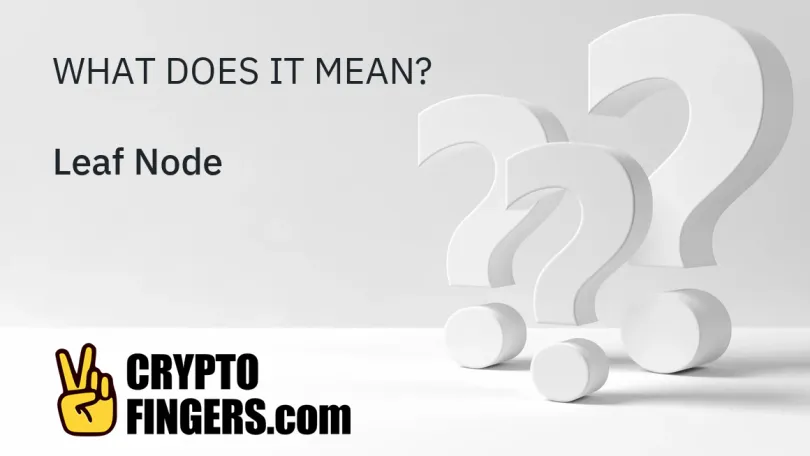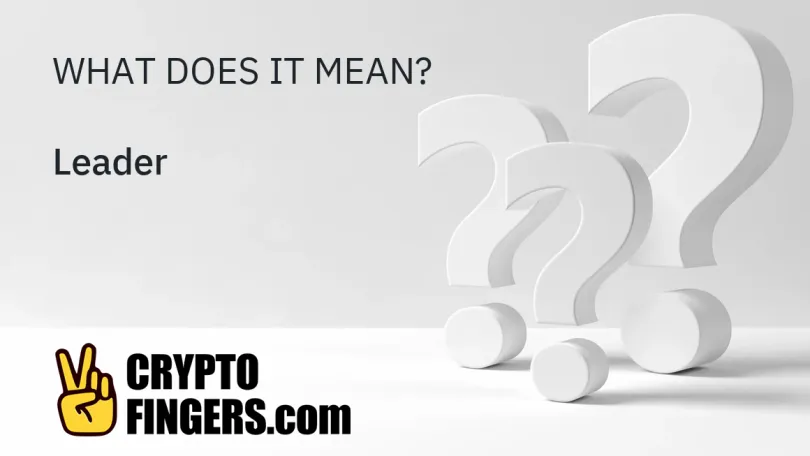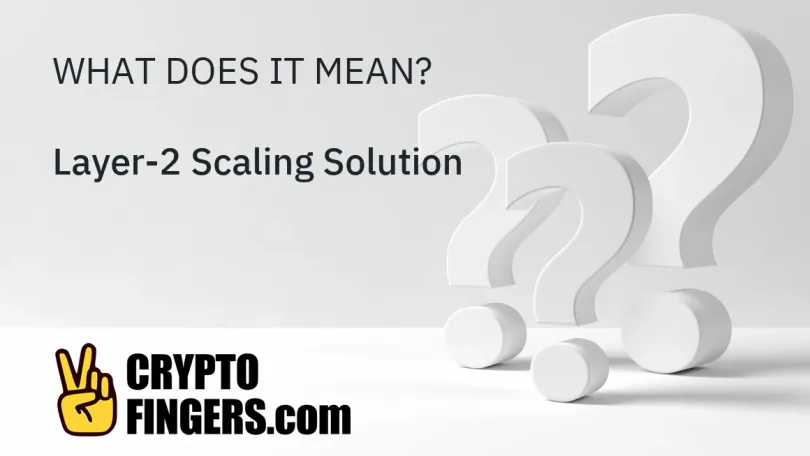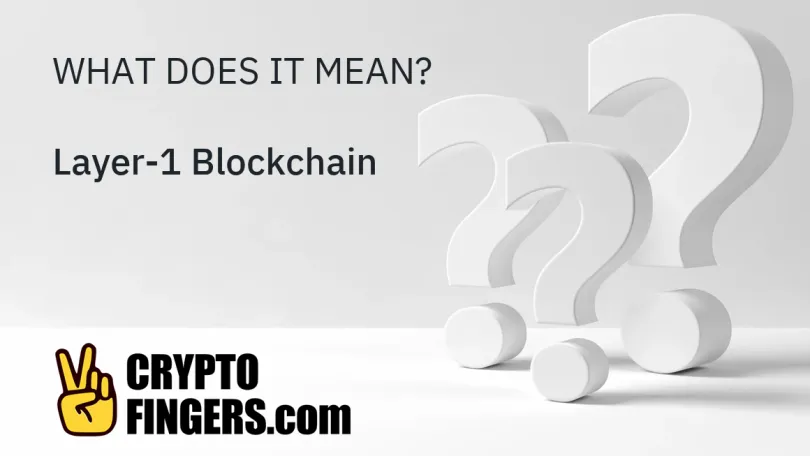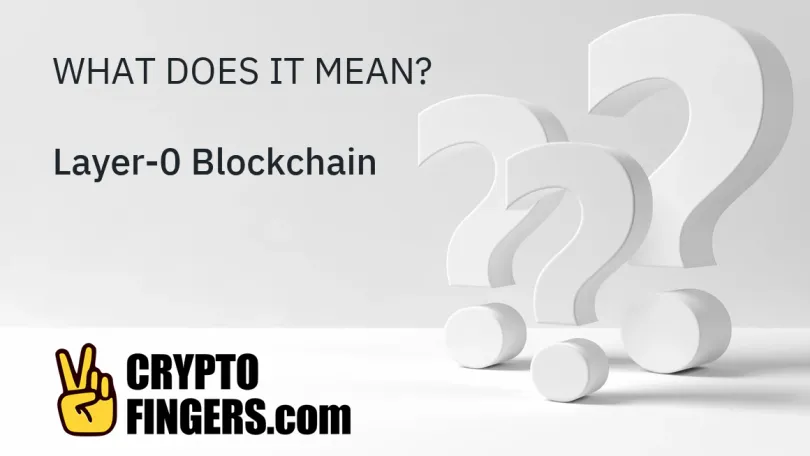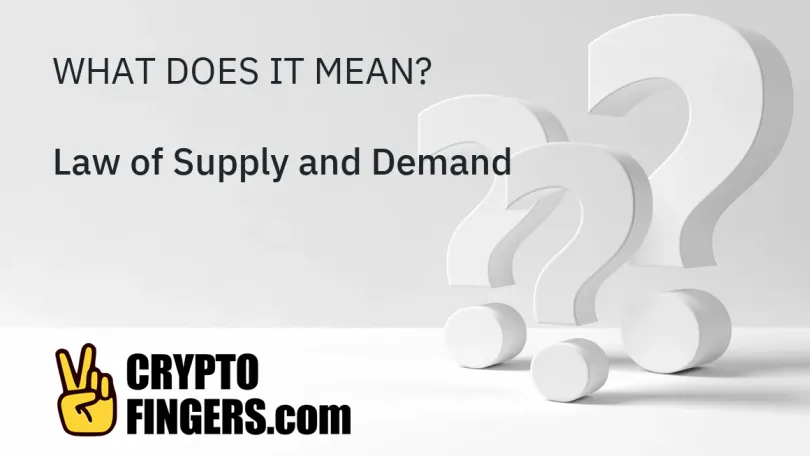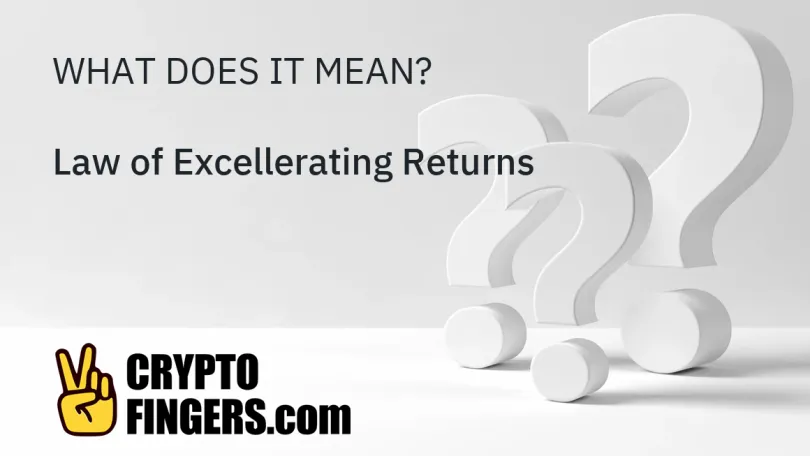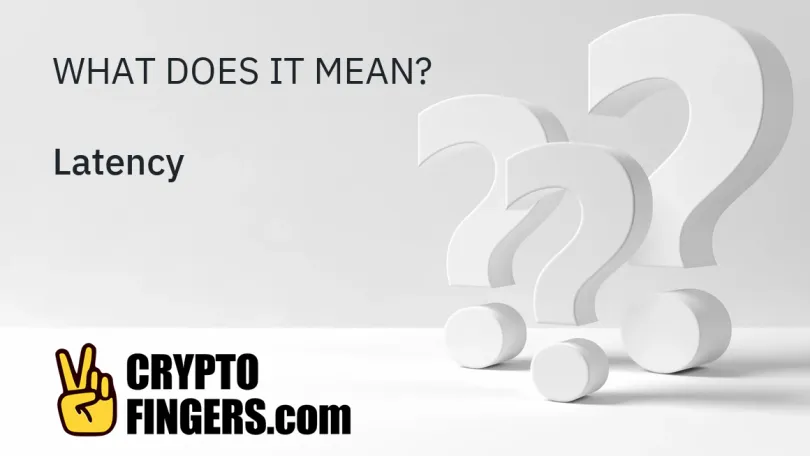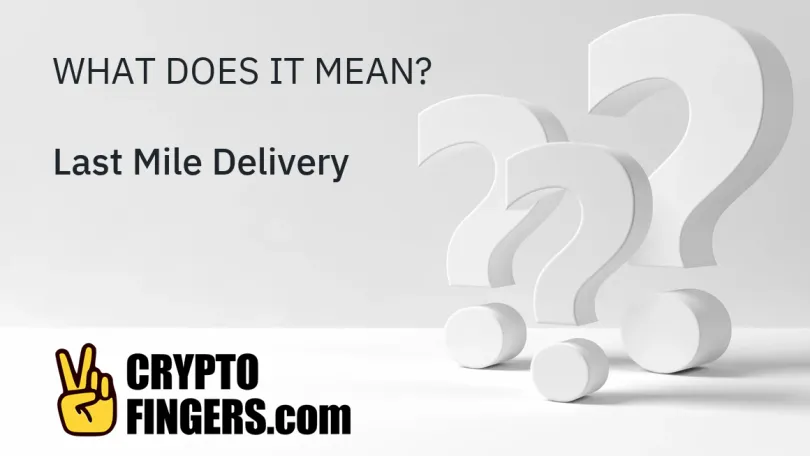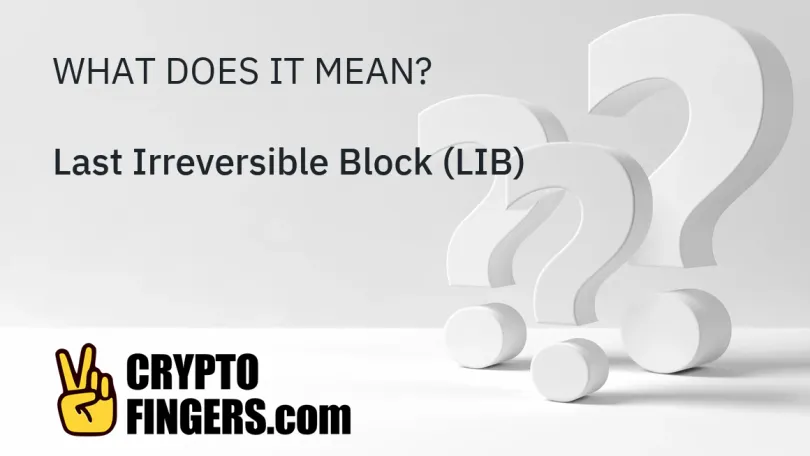⁝⁝⁝
Blockchain & Crypto Glossary
Leaf nodes are found at the base layer of a Merkle tree. Leaf nodes represent crypto transactions in the form of transaction hashes — more commonly referred to as transaction IDs (TXIDS).
On the Solana network, a leader is the transaction validator that adds entries to the blockchain ledger. To ensure equitability and decentralization, a 'leader schedule' determines..
Layer-2 scaling solutions are protocols that integrate into blockchains like Bitcoin and Ethereum as separate, secondary layers built to increase transaction throughput and reduce..
A Layer-1 blockchain is typically a name used to describe a main blockchain network protocol such as Ethereum or Bitcoin. The name Layer 1 comes from its relationship with Layer-2 scaling..
A Layer-0 blockchain is often considered a base layer that Layer-1 blockchains and Layer-2 scaling solutions are integrated with. Though the exact classification of a Layer-0 blockchain can..
The law of supply and demand is among the most foundational laws of economics used to explain how market economies allocate resources and establish the prices of goods and services..
The "Law of Accelerating Returns" theory developed by Ray Kurzweil in 1999 states that the technological advancement of the 21st century will be 20,000 times that of the previous century..
In trading, latency (not to be confused with network latency) refers to the time elapsed between the placement of an order and the execution of that order. High latency presents..
Last mile delivery is the final movement of a product from a transportation hub to the final delivery destination. In most instances, this is the most complicated and resource-intensive step..
The last irreversible block (LIB) is the last block to have been validated on-chain and cannot be modified or altered. Found on blockchain protocols that utilize an Asynchronous Byzantine..
⁝⁝⁝
Trending news
- Artificial Intelligence (AI)
- Altcoins
- Bitcoin
- DeFi
- Ethereum
- Economy
- Market and Events
- Metaverse
- Mining
- NFT
- Regulation
- Web3
- show less














